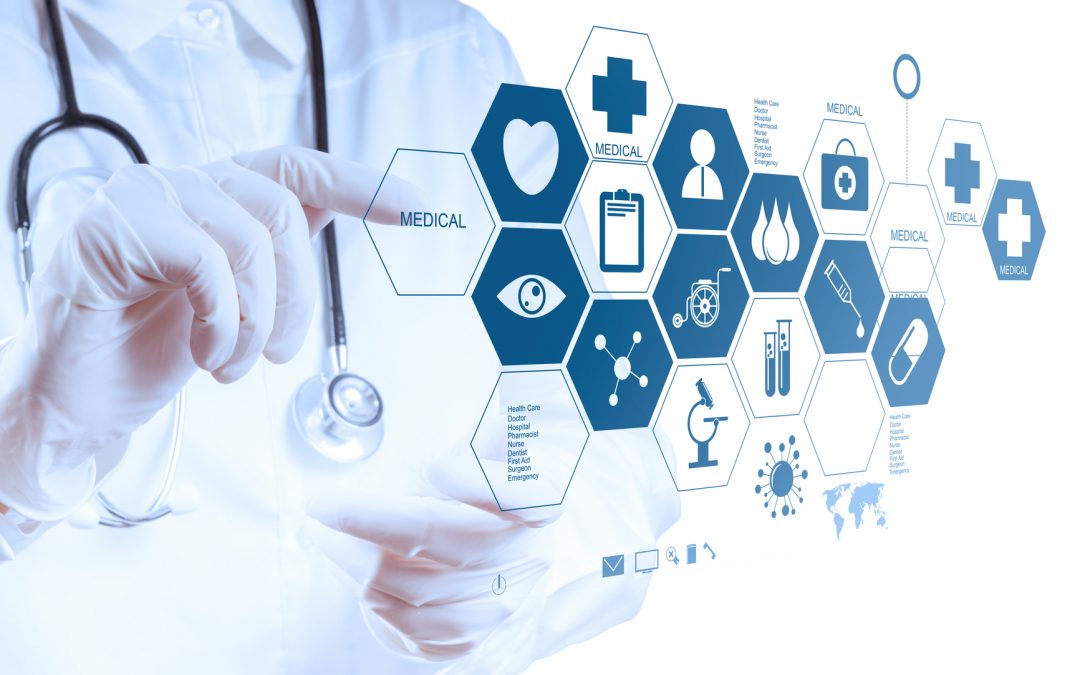The Food and Drug Administration (FDA or the Agency), the US regulating authority in the sphere of medical devices, has published a final rule on medical device classification. The appropriate notice of the amendment to the medical device classification regulations has been published in the Federal Register. The new rule takes effect from the date of its publication and is not subject to additional consultations. The new rule does not introduce new regulatory requirements the parties involved shall follow but aligns provisions of one regulation with the appropriate provisions of another.

Regulatory Background
First, it is important to clarify the details of the “function” concept. According to the present document, a “function” stands for a distinct purpose of a product, which be the intended use or a subset of the intended use of the product, and is not synonymous with the term “device.” The Agency also mentions that medical devices can have one or more functions. In certain cases, some of the functions could be subject to regulation by the FDA, while the others could be excluded. One device could have both regulated and excluded functions.
According to the Cures Act, certain software functions are excluded from the definition of the medical device. The document also provides some examples of excluded functions, namely:
- Transfer and storage of data,
- Conversion into another format,
- Displaying data,
- The ones that do not interpret data.
At the same time, the regulatory status of hardware medical devices remains intact.
By virtue of the present rule, the Agency amends medical device classification regulations in order to repeal the software functions excluded under the Cures Act. The official notice published in the Federal Register states that the following changes have been introduced:
- Maintaining and retrieving laboratory data software functions should be removed from the definition of a medical device,
- Receive and display function for continuous glucose monitor secondary display should be removed as well,
- Separation of device and software functions for immunofluorescence microscope.
Apart from the above, the changes also covered some other software functions that have been removed.

Excluded Software Functions

Additional Aspects
The official notice published in the Federal Register also highlights some important aspects to be considered by the parties involved.
In particular, Section 520(0)(1) of the FD&C Act, which is subject to changes in accordance with the notice, covers only software functions. Consequently, the changes described herein do not affect the medical device classification rules to be applied for hardware products, as well as their regulatory status. Such products should still be subject to regulation under the appropriate provisions.
The medical device classification rules subject to changes include the ones related to:
- Calculator/Data Processing Module for Clinical Use (upon amendment, the rule no longer contains references to storing and retrieving data),
- Continuous Glucose Monitor Secondary Display (in the context of receiving and displaying data function),
- Automated Indirect Immunofluorescence Microscope and Software-Assisted System (the scope of the rule has been limited to the hardware functions only),
- Medical Device Data System (for the systems used solely to store, transfer, convert and display medical device data),
- Home Uterine Activity Monitor (for the systems used to transmit data from a device to healthcare facility, including a tocotransducer, an at-home recorder, a modem, and a computer and monitor that receive, process, and display data),
- Medical Image Storage Device (for a device that provides electronic storage and retrieval functions for medical images and may employ software, electronic, or electrical hardware such as magnetic and optical discs, magnetic tape, and digital memory),
- Medical Image Communications Device (one that provides electronic transfer of medical image data between medical devices),
- Picture Archiving and Communications System (including both software and hardware image storage and display functions and software image processing functions).
In summary, the official notice published in the Federal Register describes the amendments made to the medical device classification rules set forth by the FD&C Act in accordance with the Cures Act. According to the changes, certain software functions are excluded from regulation under the medical devices framework. The notice describes in detail the functions subject to the exclusion and also provides the appropriate justification.
How Can RegDesk Help?
RegDesk is a next-generation web-based software for medical device and IVD companies. Our cutting-edge platform uses machine learning to provide regulatory intelligence, application preparation, submission, and approvals management globally. Our clients also have access to our network of over 4000 compliance experts worldwide to obtain verification on critical questions. Applications that normally take 6 months to prepare can now be prepared within 6 days using RegDesk Dash(TM). Global expansion has never been this simple.
Sources:

